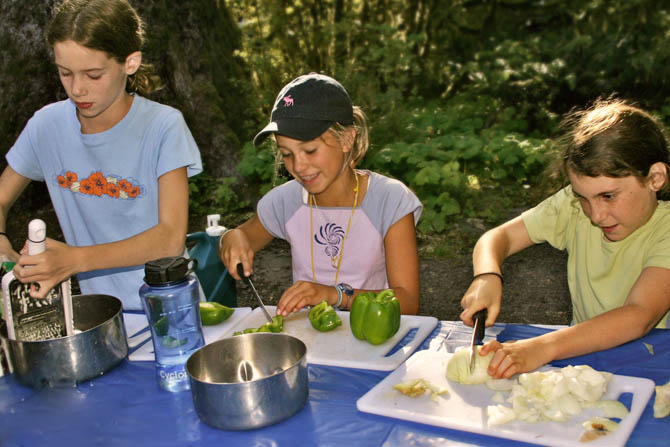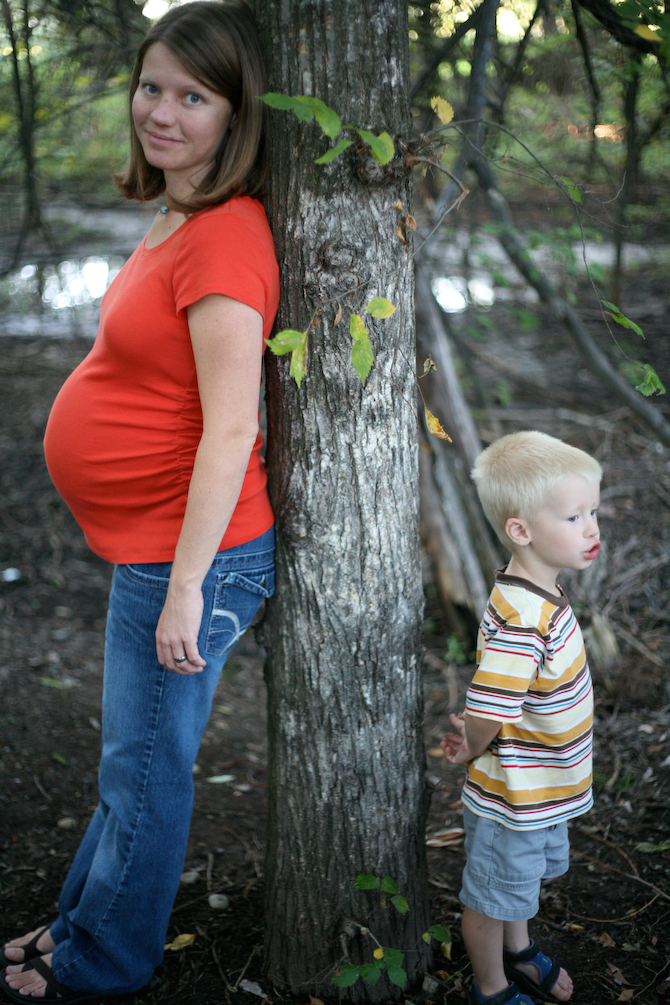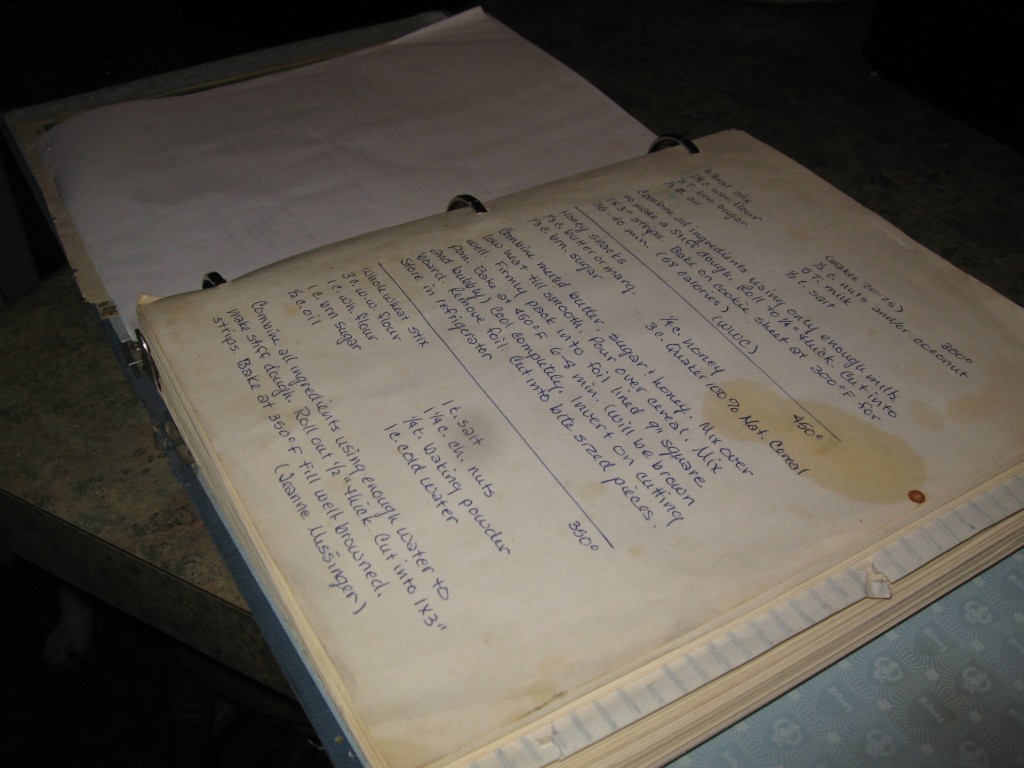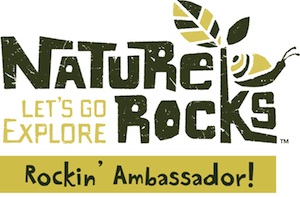Wilderness ‘survival’ skills for young children
For families who spend a lot of time in the outdoors, having a child wander off and get lost is pretty unlikely. At the same time, it’s also a very real possibility. I often wonder if/how my child would survive a night in the wilderness. Or 2 nights, or even a few hours. So I’ve been thinking about what skills would be appropriate to start learning for the average 6-11 year old, before they are of age for hardcore Boy Scout techniques.

Every outdoor child should be equipped with a few basic outdoor skills, (mostly to combat an inevitable freak out) along with a little ‘survival kit’ to keep in their backpack.
If your kids are older you can make them this more extensive survival kit. But for young kids you really can only pack what they know how and are developmentally able to use. A survival kit is something that can be built upon over time. As they get older you can add more and more items (like fire starting supplies) and teach them how to use them.
My oldest is 6, so we’re starting out with the following as a bare minimum:
Extra food
Water
Knife
Flashlight and batteries
Water purification tablets
Small signaling mirror
Whistle
Toilet Paper
Bandaids
Assuming they have these few basic tools, below are some good beginner skills to go over. The S.T.O.P. acronym (Stop. Think. Observe. Plan.) is a great place to start, and is a helpful tool for kids when it comes time to remembering what they should do.
STOP (Stay where you are)
The second your child realizes he/she is lost they should stop immediately and wait. Attach a whistle to your kids backpack, as soon as they realize they have become separated from the group tell them to start blowing that whistle like crazy.
THINK (Don’t freak out)
This is perhaps the hardest and most important wilderness survival skill to develop, especially if you’re a kid. A child however will be less likely to freak out if he/she knows what to do.
Talk to your child about how easy it will be to have a meltdown when they realize they’re lost. Then make sure they understand how important it is to stay calm, or become calm. It’s hard to think and plan unless you’re able to be rational. Try to recall everything your parents have taught you and go from there.
OBSERVE
Look through your backpack. What do you have with you that can be of use. Whistle? Use it often. Food? Save it until you’re really hungry. Water? Save it until you’re really thirsty. Rope? That could be used for making a shelter. Knife? That might come in handy.
Also observe your surroundings. Does the place look at all familiar? Is there a good place for a shelter? Water nearby? A place where you can safely get up for a better view?
PLAN
Now what? Take time to think about what you need to do first. Ok, You’ve blown your whistle for the last 20 minutes. Now what. It’s getting late, maybe you should think about a shelter…
DRINK WATER
Water is the most important survival item you can have, it’s also a hard one for little kids, which is why I always stock my kid’s packs with plenty of water and tell them to ration it if they become lost. Your body can still function with little or no food for weeks, but it can only last a few days without water.
The problem is, unless you find yourself lost next to a water source you shouldn’t exactly wander off looking for water and get even more lost. However, if it has been a day or two and you’re still lost and out of water, it’s going to be worth it to wander off and try to find some.
The easiest thing for little kids to use and carry is water purification tablets. Make sure they have some in their pack and know how to use them. Also make sure the know when to start venturing out to find water.
FIND SHELTER
Next to having enough water, finding a shelter to protect you from the elements (either cold or hot weather) should be top priority. Take advantage of your surroundings. Rock overhangs would be ideal, but if you don’t have that, find some limbs, leaves and/or pine boughs to make a shelter. A lean-to is probably the easiest for kids. If your child is old enough to make one, it might be fun to practice out on the trail, or in your backyard. If they are still young encourage them to find a rock or a tree that they can sit next too to keep them out out of the sun/rain.
PREPARE A SIGNAL
If you’re lost in the wild surviving is, of course, your first priority. Your second should be getting yourself out of there! There are several safe and easy ways your child can make a signal.
- Use a mirror (If you have one) or some other shiny or metallic object.
- Create a signal with rocks (that contrast with the ground color). Spell out “HELP” or “SOS”, or even a big smiley face our of rocks will get noticed! Make sure your child knows to make the letters big.
- If you hear a plane or helicopter get into an opening and run around and yell like a crazy person.
KNOW BASIC ANIMAL SELF DEFENSE
I would image that the #1 concern for a lost child is the prospect of being eaten by a wild animal. Or maybe that’s just my kids. While unlikely, I think your child would be a little more at ease if they knew what to do when they encountered a wild animal.
I wrote a post a while back called what to know when encountering wild animals. Take a look, pick out the animals that live in your area and go over basic information with your kids. The point is not to make them even more freaked out, just to give them some confidence in their skills should they spend a night in the woods alone. Also good skills to have even if you’re not lost.
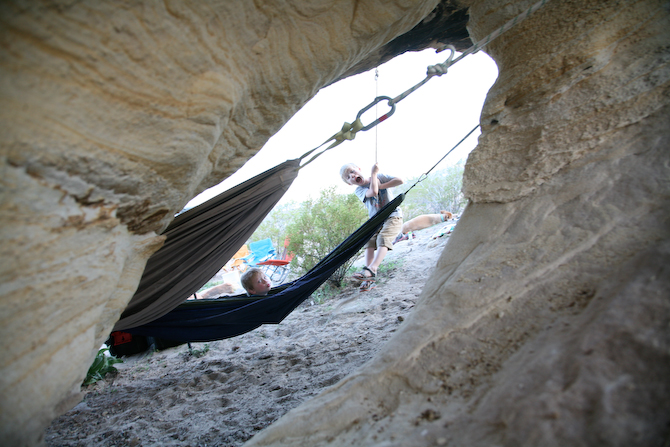
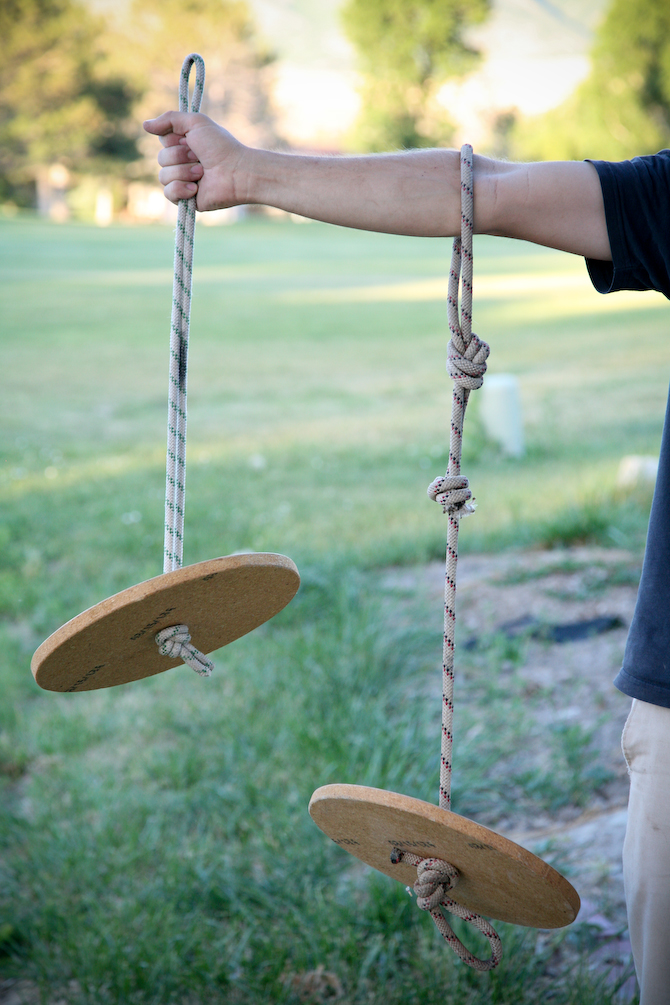
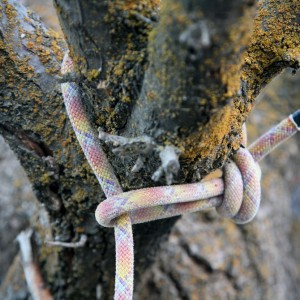 I’ve used several types of rope and most work equally well. Static rope (without stretch) is better than dynamic rope (with stretch). In our yard we often use 1 inch tubular webbing because there is very little stretch and it sits flat against the branch so it rubbs less than most ropes.
I’ve used several types of rope and most work equally well. Static rope (without stretch) is better than dynamic rope (with stretch). In our yard we often use 1 inch tubular webbing because there is very little stretch and it sits flat against the branch so it rubbs less than most ropes.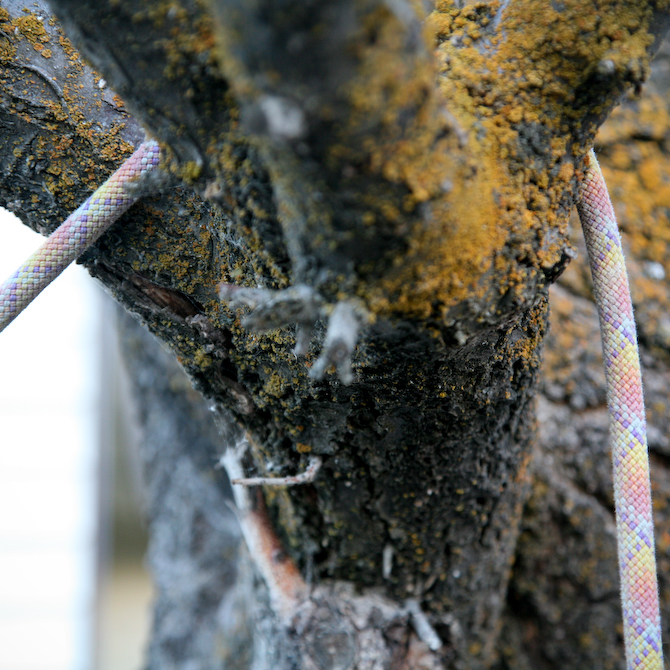
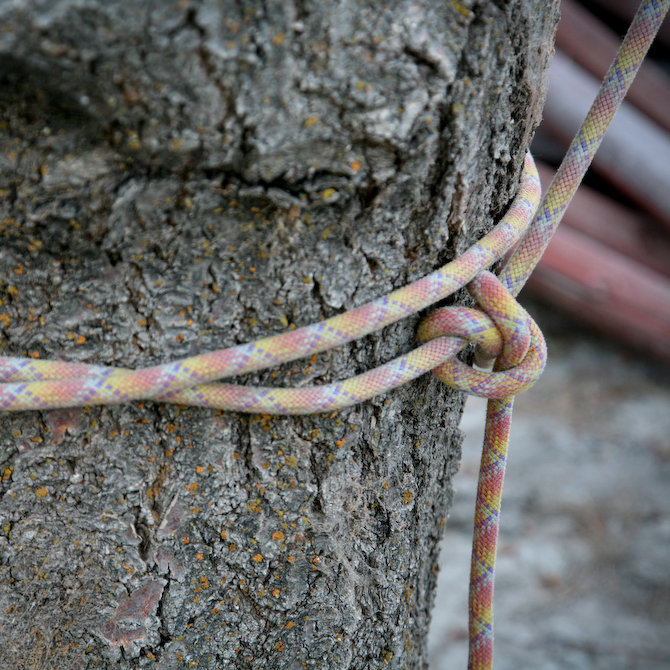
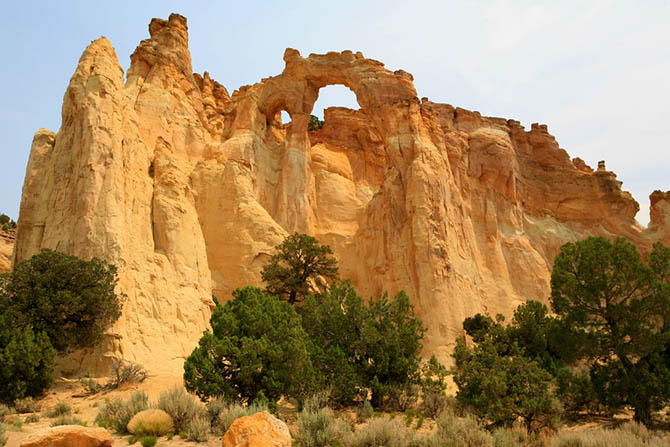
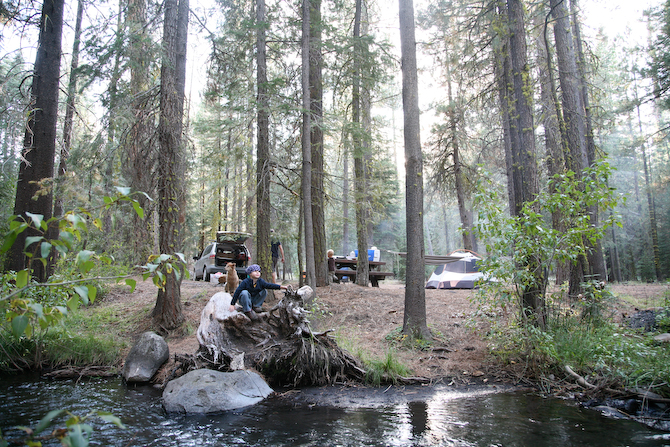
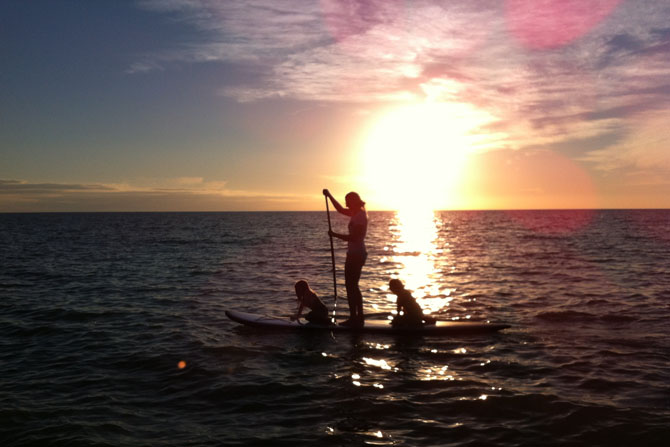

 Binoculars Whether it’s to view the night sky or the moon, magnify a spider (turn your binoculars upside down), or check out the birds in the trees above camp, binoculars are a great addition to any bag of camping goodies. With adult supervision, any pair will work or you can buy your kids their own pair fairly inexpensively. Look for ones with low magnification, wide field of view, not too heavy or consider a pair specific to kids. I’ve been drooling over these
Binoculars Whether it’s to view the night sky or the moon, magnify a spider (turn your binoculars upside down), or check out the birds in the trees above camp, binoculars are a great addition to any bag of camping goodies. With adult supervision, any pair will work or you can buy your kids their own pair fairly inexpensively. Look for ones with low magnification, wide field of view, not too heavy or consider a pair specific to kids. I’ve been drooling over these  As I mentioned
As I mentioned 